- Apply pesticides and herbicides: To control insects, diseases, and weeds in their gardens and landscaping.
- Spread fertilizers and plant food: To nourish plants and promote healthy growth.
- Apply fungicides: To combat fungal diseases on plants.
- Spray water: For misting plants, applying foliar fertilizers, or spot-watering specific areas.
Here’s a breakdown of the key components and functionalities of a garden sprayer:
- Tank: The tank is the container that holds the liquid you want to spray. Tanks can be made of plastic, metal, or fiberglass, and come in various sizes depending on the sprayer’s capacity.
- Pump: This creates pressure within the tank, which forces the liquid out of the nozzle when triggered. There are two main pump types:
- Hand pump: Requires manual pumping to pressurize the tank. These are typically used for smaller sprayers.
- Knapsack sprayer: Worn like a backpack, with a lever or handle to operate the pump. These are suitable for larger jobs and offer more comfort during extended use.
- Pressure Relief Valve: A safety feature that releases excess pressure if it builds up beyond a safe limit.
- Wand: A long tube that connects the tank to the nozzle. Wands can be rigid or telescoping for adjusting spray reach.
- Nozzle: The nozzle controls the spray pattern and application rate. Different nozzles can be used for tasks like misting, jet spraying, or creating a fan pattern.
Choosing the Right Garden Sprayer:
- Size: Consider the size of your garden or the area you need to cover. Larger tanks are suitable for extensive spraying needs, while smaller, hand-pump sprayers might be sufficient for spot treatments on houseplants or small gardens.
- Pump Type: Hand pumps are more affordable but require manual effort. Knapsack sprayers offer more comfort for larger jobs but are typically more expensive.
- Material: Plastic tanks are lightweight but may not be suitable for harsh chemicals. Metal tanks are more durable but heavier. Fiberglass offers a good balance between weight and durability.
- Spray Patterns: Choose a sprayer with adjustable nozzles that offer different spray patterns to suit various applications.
Safety Precautions When Using a Garden Sprayer:
- Always read and follow the instructions on the label of the product you are spraying. This includes recommended safety gear, mixing ratios, and appropriate application techniques.
- Wear appropriate personal protective equipment (PPE) such as gloves, eye protection, respirator, and long clothing when using pesticides or herbicides.
- Never spray near people, pets, or food sources.
- Be mindful of wind direction and avoid spraying on windy days to prevent overspray.
- Never mix chemicals in the sprayer tank. Clean the sprayer thoroughly after each use to avoid contamination.
- Store leftover chemicals and sprayer in a safe and secure location, out of reach of children and pets.
By using a garden sprayer correctly and following safety guidelines, you can effectively apply liquids to your garden and maintain a healthy and vibrant landscape.



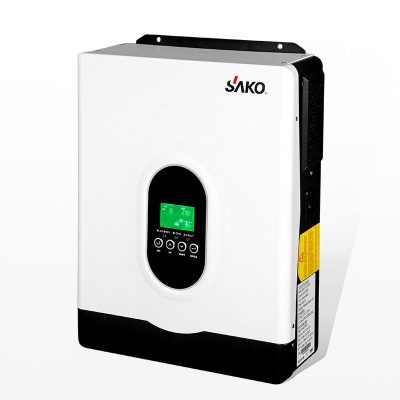
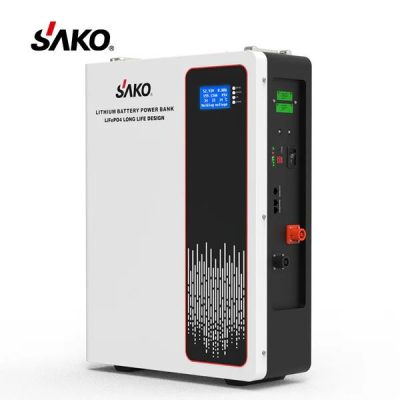

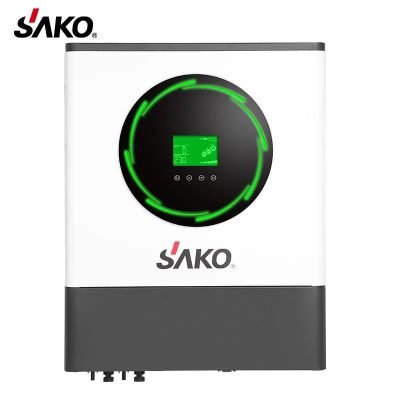
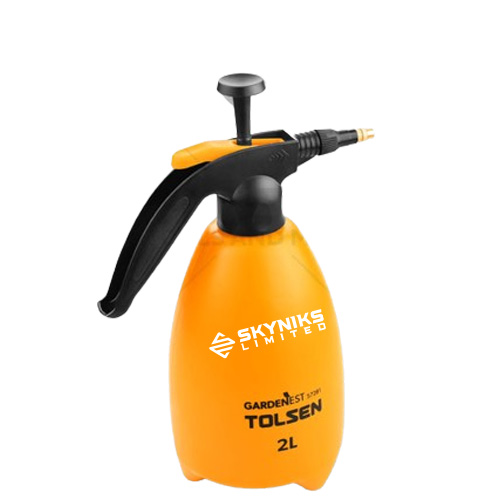
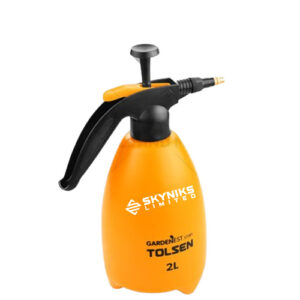


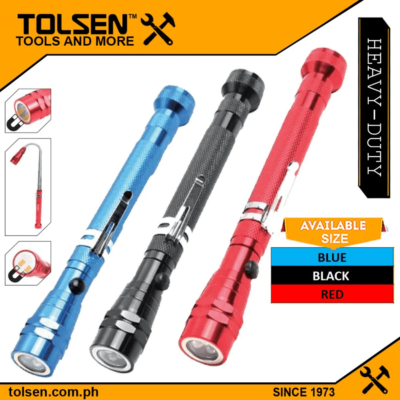
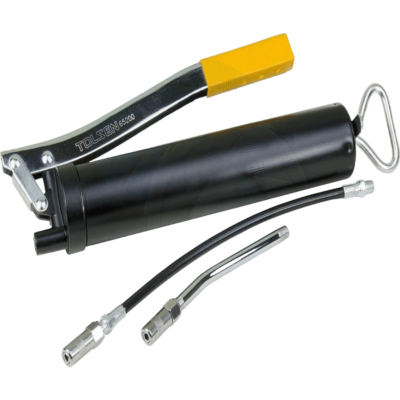
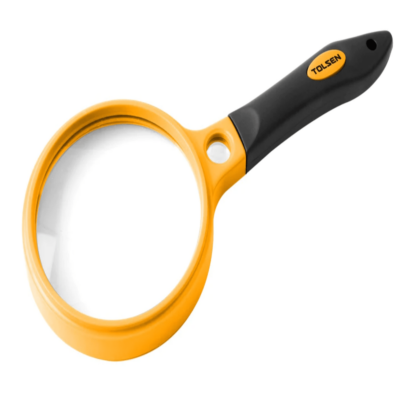
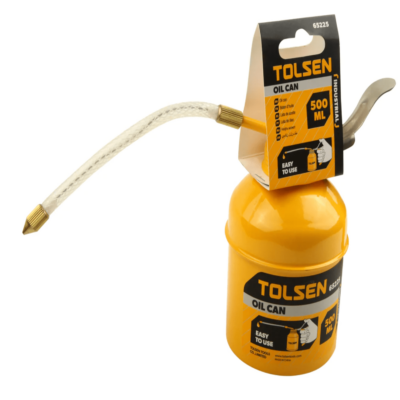
Reviews
There are no reviews yet.